SHOWCASE
Silver Tower
The humble goal of painting World Best "Silver Tower" set (and how did it go)
September 2017, I've set myself a humble goal:
To paint WORLD BEST complete "Silver Tower" set.
There are lots of gorgeously painted Silver Tower models on the Interwebs. But I haven't found any completed set of 50 minis that really looked cohesive and done in a single distinct style.
In this project showcase, I'm gonna tell about shortcuts I've used to complete this set in a sane amount of time, non-obvious tricks behind color choices and color schemes, and exact time costs for every miniature in the set.
To paint WORLD BEST complete "Silver Tower" set.
There are lots of gorgeously painted Silver Tower models on the Interwebs. But I haven't found any completed set of 50 minis that really looked cohesive and done in a single distinct style.
In this project showcase, I'm gonna tell about shortcuts I've used to complete this set in a sane amount of time, non-obvious tricks behind color choices and color schemes, and exact time costs for every miniature in the set.
Setting the goal
Okay, I must admit "world best" is a cocky clickbait headline. But it is totally honest. I really set that goal for myself. So first let's clarify what that means.
If you happened to miss "Silver Tower", it is Games Workshop dungeon-crawl boardgame in Warhammer Quest line. The game was launched in 2016, which isn't much long ago, but it is OOP as far as I know.
The game still looks nice, and there's quite a lot of stuff in the box (as you might expect with GW):
If you happened to miss "Silver Tower", it is Games Workshop dungeon-crawl boardgame in Warhammer Quest line. The game was launched in 2016, which isn't much long ago, but it is OOP as far as I know.
The game still looks nice, and there's quite a lot of stuff in the box (as you might expect with GW):

I've done some searching, looking for what different people have done with their sets. The minis themselves are gorgeous. And what I found is that a lot of fellow painters have fallen into "I want to paint them at my maximum ability" trap.
With a total of 50 miniatures, finishing a display-level paintjob across the whole box is highly unlikely. And just isn't possible in any sane amount of time.
That leads to a lot of awesome paintjobs of single figures on the interwebs, but very small amount of actually completed sets. So that's how the goal presented itself:
With a total of 50 miniatures, finishing a display-level paintjob across the whole box is highly unlikely. And just isn't possible in any sane amount of time.
That leads to a lot of awesome paintjobs of single figures on the interwebs, but very small amount of actually completed sets. So that's how the goal presented itself:
To paint world best complete Silver Tower set
in a reasonable amount of time.
in a reasonable amount of time.
I wanted a cohesive paintjob, done in a single style, with colors playing well with each other across the whole set. Which is quite contrary to studio scheme:
And to keep the painting time reasonable, I knew I had to cut some corners.
So, let's look at the final result, broken down into five groups of models. I'll explain some of the decisions made.
So, let's look at the final result, broken down into five groups of models. I'll explain some of the decisions made.
#1: Kairic Acolytes
First major unit I've painted were the Acolytes. Switching to fantasy was a nice change of theme after painting a lot of Infinity models. But at the same time, I needed to update some of my processes.
I've done some minor conversions to get different poses (initially there were 4 sets of 2 identical models) and also to represent an Acolyte with a scroll. All in all — the models are gorgeous and fun to paint. Love 'em:
I've done some minor conversions to get different poses (initially there were 4 sets of 2 identical models) and also to represent an Acolyte with a scroll. All in all — the models are gorgeous and fun to paint. Love 'em:

I gave myself some time to experiment with this part of the project.
First I've done a test of different metallic paints, comparing Citadel, Vallejo Model Color, Vallejo Metal Color, Vallejo Liquid Metal and Scale 75. I'll probably write a more thorough explanation in another article, but short version — Vallejo Metal Color is the way to go.
Second, I was experimenting with speedpainting ideas, and kinda invented something new. Most likely. Probably. Not sure, since somebody could have done the same thing and I know nothing about it. Aaanyway...
First I've done a test of different metallic paints, comparing Citadel, Vallejo Model Color, Vallejo Metal Color, Vallejo Liquid Metal and Scale 75. I'll probably write a more thorough explanation in another article, but short version — Vallejo Metal Color is the way to go.
Second, I was experimenting with speedpainting ideas, and kinda invented something new. Most likely. Probably. Not sure, since somebody could have done the same thing and I know nothing about it. Aaanyway...
This concept of Airbrush Directional Glazing saved me A LOT of time during the whole project
And you can expect a tutorial in the upcoming articles.
Lastly, I was testing Scale 75 paints, which I'm not that familiar with. That juicy turquoise color you see on photos was my lab rat here. Still not a big fan of Scale 75 though, paint consistency is strange and not very well suited for my technique.
Lastly, I was testing Scale 75 paints, which I'm not that familiar with. That juicy turquoise color you see on photos was my lab rat here. Still not a big fan of Scale 75 though, paint consistency is strange and not very well suited for my technique.

This first stage of the project was extremely important, because I've made major color choices here, and set the style of painting. Since I wanted all project to look coherent, decisions made on the first unit would influence the following stages.
My aim was to create colorful, but not cartoony look for the whole set. And also to do some smart color-coding to separate different forces.
I opted for saturated cyan as my focus color, with a lot of yellow to orange tones in skin and gold decorations.
This meant that cyan must be present in the bulk of other adversaries models (as a focus color), and that it would also be a good idea to NOT use it on hero models to separate this two groups.
Yellow to orange tones would also be notable on other adversaries, but aren't as strictly prohibited on heroes as cyan.
You can also notice considerable amount of violet (in shadows and as subtle hues here and there) — another color reserved mostly for adversaries. This was also the decision that would influence the whole project.
My aim was to create colorful, but not cartoony look for the whole set. And also to do some smart color-coding to separate different forces.
I opted for saturated cyan as my focus color, with a lot of yellow to orange tones in skin and gold decorations.
This meant that cyan must be present in the bulk of other adversaries models (as a focus color), and that it would also be a good idea to NOT use it on hero models to separate this two groups.
Yellow to orange tones would also be notable on other adversaries, but aren't as strictly prohibited on heroes as cyan.
You can also notice considerable amount of violet (in shadows and as subtle hues here and there) — another color reserved mostly for adversaries. This was also the decision that would influence the whole project.
With all the experiments and color development, I knew these guys' time cost wasn't optimized at all. They took me 3.1 hours per model, which is a lot.
Still, it was a time spent well. I tested different metallics (and found out my preference) and invented a new speedpainting technique — both achievements would be decreasing my costs in following stages.
Still, it was a time spent well. I tested different metallics (and found out my preference) and invented a new speedpainting technique — both achievements would be decreasing my costs in following stages.
#2: Tzaangors & Ogroid Thaumaturge
Next came the Tzaangors and their big buddy. I've also done some conversions and sculpting to create 6 different Tzaangors (instead of 3 pairs) and give them new loadouts (mutant, standard bearer and hornblower):

I followed with the same saturated cyan as a focus color. Yellow / orange and violet / pink hues are still here on many surfaces, as are gold and violet-tinted silver.
To create some diversity and better differentiate Tzaangors from Acolytes, I added a lot of blue. I've done their skin in mostly blue tones, shifting to sepia (yellow hue) in brightest parts.
To create some diversity and better differentiate Tzaangors from Acolytes, I added a lot of blue. I've done their skin in mostly blue tones, shifting to sepia (yellow hue) in brightest parts.
Since all time-consuming choices were made prior to this stage, Tzaangors were better optimized, taking 2.3 hours per model (painting time).
Ogroid Thaumaturge, being a big guy, took me 6 hours.
Ogroid Thaumaturge, being a big guy, took me 6 hours.
#3: Grots & Skaven
While Grots and Skaven are different races (and even different Grand Alliances), I still bunched them together as a color group. This helped to keep the set cohesive.
I've made almost no alterations here, just a slight repose on one of the Deathrunners to create two different models.
I've made almost no alterations here, just a slight repose on one of the Deathrunners to create two different models.
There's small color choices done here, that are not obvious and should be explained.
I didn't wanted to step away from green skin on Gobbos, even if main bulk of adversaries would be cyan - blue - yellow - violet. So it was a nice chance to add green color into overall palette.
Deathrunners and Darkoath Chieftain were added to the same color group, to decrease the amount of different groups and to support color cohesion even more.
Still, I needed to tie green color with other adversaries' palette. That's why all green hues you can see here are either yellow-green, or blue-green. So they are slightly moved towards yellow and cyan, the colors already present in the palette.
I didn't wanted to step away from green skin on Gobbos, even if main bulk of adversaries would be cyan - blue - yellow - violet. So it was a nice chance to add green color into overall palette.
Deathrunners and Darkoath Chieftain were added to the same color group, to decrease the amount of different groups and to support color cohesion even more.
Still, I needed to tie green color with other adversaries' palette. That's why all green hues you can see here are either yellow-green, or blue-green. So they are slightly moved towards yellow and cyan, the colors already present in the palette.

Grot Scuttlings took 1 hour per model. Quite a lot of time, honestly. If there would be 20-40-60 of them, I would definitely optimize that down to 20-30 minutes. But 1 hour is bearable in case of 8 models.
Deathrunners took 2.5 hours per model, and Darkoath Chieftain was 5.5 hours.
Deathrunners took 2.5 hours per model, and Darkoath Chieftain was 5.5 hours.
#4: Daemons
Tzeench Horrors were a lot of fun to paint, while also presenting a nice chance for a challenge:
Could I paint 18 models in a single day?
The short answer is YES. All daemons, except Gaunt Summoner himself, took me 8 hours to paint, and were finished in a single day. With enough time to go outside and grab some coffee.
Could I paint 18 models in a single day?
The short answer is YES. All daemons, except Gaunt Summoner himself, took me 8 hours to paint, and were finished in a single day. With enough time to go outside and grab some coffee.
Here I'm following the same color choices made previously, using blue-cyan, yellow-orange and pink-violet hues everywhere.
See that fiery daggers and flames on Blue Horrors? It uses the exact same colors as Brimstone Horrors (small fiery guys). Dagger and flames on Pink Horrors are the same cyan color as Blue Horrors. This trick also helps to tie them all as a group.
And while the whole crowd is very colorful, it is still cohesive between themselves and with all other models (Acolytes and Tzaangors).
Of course, the Bad Guy himself was done in the same colors:
See that fiery daggers and flames on Blue Horrors? It uses the exact same colors as Brimstone Horrors (small fiery guys). Dagger and flames on Pink Horrors are the same cyan color as Blue Horrors. This trick also helps to tie them all as a group.
And while the whole crowd is very colorful, it is still cohesive between themselves and with all other models (Acolytes and Tzaangors).
Of course, the Bad Guy himself was done in the same colors:
As you might have guessed, no painting contests trophies for these guys. Just a streamlined and effective process for a tabletop-level paintjob. I needed to keep myself sane, after all.
Average painting time for Horrors and Familiars is 0.4 hour per model (about 25 minutes).
And I've spent some more time with Gaunt Familiar, doing him in 5 hours.
Average painting time for Horrors and Familiars is 0.4 hour per model (about 25 minutes).
And I've spent some more time with Gaunt Familiar, doing him in 5 hours.
#5: Heroes
Heroes were the last stage of the project. I was already tired, and aimed to paint them one model per evening. And it worked fine except for the Mistweaver (she is just too good to speedpaint).

I needed to separate them from the adversaries, and that dictated my color choices in some part.
Blueish cyan (used as a focus color on almost everything) was no-go to clearly differentiate heroes and villains. I avoided using blue, which is quite abundant in Daemons and Tzaangors. And there is zero pink / magenta / violet hues.
I opted to not use clear saturated green at all, in the whole set, doing only altered green colors (yellow-green and blue-green).
This left me red (almost non-existent on adversaries), saturated orange, and greenish turquoise to play with on my heroes:
Blueish cyan (used as a focus color on almost everything) was no-go to clearly differentiate heroes and villains. I avoided using blue, which is quite abundant in Daemons and Tzaangors. And there is zero pink / magenta / violet hues.
I opted to not use clear saturated green at all, in the whole set, doing only altered green colors (yellow-green and blue-green).
This left me red (almost non-existent on adversaries), saturated orange, and greenish turquoise to play with on my heroes:

Let's start with Knight-Questor. My relationships with this model (and it's kind) isn't easy.
Have to admit, I strongly dislike Stormcast in general. All those bulky armors, stupid poses and similar face masks instead of real faces — just terrible aesthetics to my taste. I tried to like them, really. Even listened to some Black Library novels. But it just seems that everybody else (dwarves, elves, even orcs) are much more interesting and characterful.
So I had to do something with this poor buddy. I thrown away his stupid mask and changed it to Wood Elf hood. Which seems appropriate considering his long flowing cloak.
To decrease that awful visual clutter on his armor, I opted for a simple scheme. I used red as a saturated focus color, and done armor in an opposing blueish turquoise tone:
Have to admit, I strongly dislike Stormcast in general. All those bulky armors, stupid poses and similar face masks instead of real faces — just terrible aesthetics to my taste. I tried to like them, really. Even listened to some Black Library novels. But it just seems that everybody else (dwarves, elves, even orcs) are much more interesting and characterful.
So I had to do something with this poor buddy. I thrown away his stupid mask and changed it to Wood Elf hood. Which seems appropriate considering his long flowing cloak.
To decrease that awful visual clutter on his armor, I opted for a simple scheme. I used red as a saturated focus color, and done armor in an opposing blueish turquoise tone:

Next the Mistweaver, definitely the star and the winner of this batch. I've spent some extra time with her, since I just love this model, 100% my favorite among the whole set.
I've chosen greenish turquoise as a main color, and desaturated yellow for focus parts. Greenish turquoise, or jade, is a very interesting color, and rarely used in miniature painting. At the time of this project I have just discovered it, and later it became something like a personal favorite (as you might have guess).
There's also a tricky interplay between Mistweaver and Knight-Questor. Their colors are almost directly opposite to each other (cyan / turquoise being an opposite of red), which creates a lot of nice contrast:
I've chosen greenish turquoise as a main color, and desaturated yellow for focus parts. Greenish turquoise, or jade, is a very interesting color, and rarely used in miniature painting. At the time of this project I have just discovered it, and later it became something like a personal favorite (as you might have guess).
There's also a tricky interplay between Mistweaver and Knight-Questor. Their colors are almost directly opposite to each other (cyan / turquoise being an opposite of red), which creates a lot of nice contrast:

Thinking in terms of color contrast between different models isn't very common in army-level painting, but it deserves a thorough explanation (maybe I'll do that someday).
You'll notice I use this trick a lot.
The Serpent Lady and Jade Syndicate Zuyoung from the cover of LazyPainter Method PDF are also red / turquoise contrast. And the same contrast (along with the same two model pairs) is used in LazyPainter logo and my Patreon header design:
You'll notice I use this trick a lot.
The Serpent Lady and Jade Syndicate Zuyoung from the cover of LazyPainter Method PDF are also red / turquoise contrast. And the same contrast (along with the same two model pairs) is used in LazyPainter logo and my Patreon header design:
Tenebrael Shard initially seemed like an interesting model, but that feeling evaporated when I started painting him. He is cluttered with hooks and blades and chains and other murderous sadistic stuff, and his hair is symmetric and unnatural.
So I just gave him a cheap gerenal OSL and finished him as fast as possible:
So I just gave him a cheap gerenal OSL and finished him as fast as possible:

Sigmar Priest is IMO the ugliest model in the whole set. There's so much stupid clutter on his clothing, that he looks horrible in studio scheme (since 'Eavy Metal guys must paint every freaking detail with basecoat-wash-highlight).
The best thing I could do to this poor fella (and to save myself from painting him for too long) was again a general OSL. This meant that lots of his decorations would be in shadows, with no need to paint them. Cheap, quick and effective.
Honestly, I think it just made him look better. I even kinda like him now:
The best thing I could do to this poor fella (and to save myself from painting him for too long) was again a general OSL. This meant that lots of his decorations would be in shadows, with no need to paint them. Cheap, quick and effective.
Honestly, I think it just made him look better. I even kinda like him now:

The Fyreslayer was somewhere in between: not too ugly, not too handsome. He's just fine.
I wanted to avoid that awkward feeling an almost nude dwarf can give you, that's why his skin is quite dark. To further decrease visual clutter and bring all attention to his fiery beard, I painted his weapons in a very dark metal color.
And then I just made sure that his magnificent beard and mohawk are bright enough to do the trick. Brightness contrast between dark metal and bright hair, and color contrast between warm and cool:
I wanted to avoid that awkward feeling an almost nude dwarf can give you, that's why his skin is quite dark. To further decrease visual clutter and bring all attention to his fiery beard, I painted his weapons in a very dark metal color.
And then I just made sure that his magnificent beard and mohawk are bright enough to do the trick. Brightness contrast between dark metal and bright hair, and color contrast between warm and cool:

Time costs were mostly acceptable for this batch:
- Knight Questor — 5.25 hours
- Mistweaver Saih — 7.75 hours
- Tenebrael Shard — 2.25 hours
- Excelsior Warpriest — 4.5 hours
- Fyreslayer Doomseeker — 3.25 hours
Basing
I had some AoS bases lying around, and decided to give 'em a go.
Studio paintjob on them is horrible, but if you skip all those metallic nonsense, these bases look fine. They are also very well suited to airbrush. I painted them on a sprue, and then clipped and painted rims with black.
My test on a first sprue was successful, resulting in nice high contrast speedpainted bases. I tried two ideas: warm sunset colors, and cool night / ghostly / Shadespire colors:
Studio paintjob on them is horrible, but if you skip all those metallic nonsense, these bases look fine. They are also very well suited to airbrush. I painted them on a sprue, and then clipped and painted rims with black.
My test on a first sprue was successful, resulting in nice high contrast speedpainted bases. I tried two ideas: warm sunset colors, and cool night / ghostly / Shadespire colors:
At first, I was going to choose one option, and that choice was painful: I really liked both variants. Both options supported overall color scheme, both worked.
My wife is my best counselor in such crucial matters, so I shared my burden with her.
"Why not both" she asked.
Why not both indeed? While both styles were good by themselves, the complete set done with only one of them would look a bit bland. That's how my Silver Tower set got two styles of bases, bringing even more visual diversity.
My wife is my best counselor in such crucial matters, so I shared my burden with her.
"Why not both" she asked.
Why not both indeed? While both styles were good by themselves, the complete set done with only one of them would look a bit bland. That's how my Silver Tower set got two styles of bases, bringing even more visual diversity.
You'll notice the same multi-style basing approach in some of my other projects. It's much more tricky to balance, but also more fun and visually appealing.
Strictly speaking, there's also third style in the set, but it's a minor inclusion. I've based Grot Scuttlings the same way I base my Night Goblins / Gloomspite Gitz, but without snow (to not mess up with Silver Tower bases too much):
Time costs
All in all, this project took me around 130 hours, with 26 hours assembly and 103 hours painting. Spread loosely over 3-4 month, it was absolutely doable.
It's hard to decrease assembly time, so I'm mostly focused on painting time in my calculations. I count only painting time as time spent on a mini, and consider assembly time like a compulsory time tax.
So my time costs for each unit (assembly / sculpting + painting) were as follows:
It's hard to decrease assembly time, so I'm mostly focused on painting time in my calculations. I count only painting time as time spent on a mini, and consider assembly time like a compulsory time tax.
So my time costs for each unit (assembly / sculpting + painting) were as follows:
- Kairic Acolytes: 6 + 25 = 31 (3.1 hours per model painting time)
- Tzaangors: 8 + 14 = 22 (2.3 hours per model painting time)
- Daemons: 2 + 8 = 10 (0.4 hour per model painting time)
- Grot Scuttlings: 2 + 8 = 10 (1 hour per model painting time)
- Deathrunners: 1 + 5 = 6 (2.5 hours per model painting time)
- Ogroid Thaumaturge: 2 + 6 = 8
- Gaunt Summoner: 2 + 5 = 7
- Knight Questor: 0.75 + 5.25 = 6
- Excelsior Warpriest: 0.75 + 4.50 = 5
- Fyreslayer Doomseeker: 0.75 + 3.25 = 4
- Darkoath Chieftain: 0.75 + 5.50 = 6
- Tenebrael Shard: 0.75 + 2.25 = 3
- Mistweaver Saih: 0.75 + 7.75 = 8
You might perceive these time calculations as unnecessary and weird thing to do. But they are essential if you want to increase your painting speed and actually finish more projects.
If I had to do this again:
Everything else seem reasonable. What do you guys think?
- It would be easy to spend less time on Acolytes, (since there were lots of experiments that are not needed now), doing them at 2 - 2.5 hours per model
- Grot Scuttlings should be simplified to 30-40 minutes per model (totally doable)
Everything else seem reasonable. What do you guys think?

Project management and final thoughts
Getting a fully painted Silver Tower set was a long-time dream of mine, and I'm happy to fulfill it.
It's not a game we set up often, but I've had enough fun playing it with my wife and friends. Silver Tower feels a bit outdated in terms of game design (if you play a lot of more modern boardgames, especially dungeon crawlers), but the rules are simple and the minis are gorgeous.
It's not a game we set up often, but I've had enough fun playing it with my wife and friends. Silver Tower feels a bit outdated in terms of game design (if you play a lot of more modern boardgames, especially dungeon crawlers), but the rules are simple and the minis are gorgeous.

I'm not a professional painter, I don't paint every day, or even regularly. Undertaking a project of this complexity is kinda big deal for me. That's why I needed some project management, goal setting and time tracking to actually pull this off.
It's really easy to get into burnout during a long project. I guess we've all been there: starting with enthusiasm, unpacking new shiny boxes, but becoming bogged down after a month or two.
It would be a good idea to set some reasonable limits for yourself, settle on some compromises, and accepting that the end result just won't be perfect.
I aimed at ~100 painting hours, knowing I have to cut some corners, decrease painting time per miniature, and use some tricks here and there.
Could I've painted some minis significantly better? Hell, yes, I could.
Could I've painted the whole set significantly better? Probably not. Because it would mean 200-300 painting hours total. And I would be burned out after first 120-150 hours.
I aimed at ~100 painting hours, knowing I have to cut some corners, decrease painting time per miniature, and use some tricks here and there.
Could I've painted some minis significantly better? Hell, yes, I could.
Could I've painted the whole set significantly better? Probably not. Because it would mean 200-300 painting hours total. And I would be burned out after first 120-150 hours.

I documented and photographed every stage of this project, so you can expect some guides and tutorials with this source material.
Airbrush Zenithal Glazing is probably a thing I need to talk as soon as possible. It's a technique that decreases painting time dramatically, and hopefully would be helpful to a lot of folks.
Until next time!
Airbrush Zenithal Glazing is probably a thing I need to talk as soon as possible. It's a technique that decreases painting time dramatically, and hopefully would be helpful to a lot of folks.
Until next time!
Hey guys, thanks for reading. This article was a new thing for me, since I've never done this "project showcase" format before.
While we don't touch any step-by-step processes or even painting techniques here, I believe such "project case studies" could be very beneficial to a lot of painters.
I hope you can grab some useful tricks here, or learn new things about color coherency, or get some insights on managing more complex painting projects (and pushing them to completion).
Let me know what you think in the comments below.
Paint smarter, not harder!
While we don't touch any step-by-step processes or even painting techniques here, I believe such "project case studies" could be very beneficial to a lot of painters.
I hope you can grab some useful tricks here, or learn new things about color coherency, or get some insights on managing more complex painting projects (and pushing them to completion).
Let me know what you think in the comments below.
Paint smarter, not harder!
What's next


